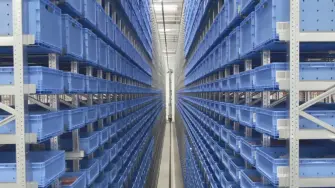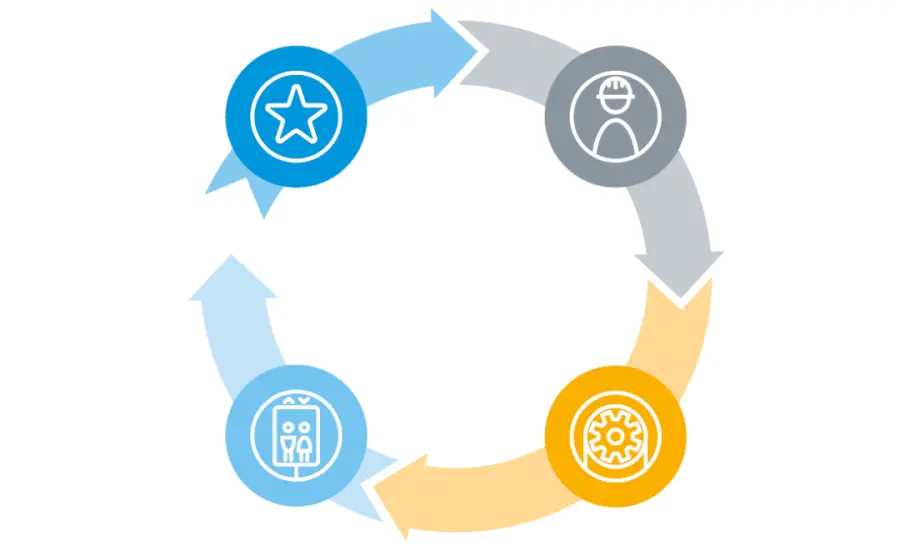An elevator, like any device, is naturally subjected to aging.
When brand-new, it is at the height of its performance, however, after a few miles and years, the first aches and pains appear with the regular maintenance check. Later, even larger components will have to be replaced. And if you neglect this for too long, you might unexpectedly reach the point where it just needs to be replaced.
The total service life of an elevator is around 30 years on global average. Of course, this depends on the level of usage, the Quality of the product, the installation executed, the service maintenance carried out or even changes to technical regulations. Usually the first upgrade of major parts is usually necessary after more than 15 years of operation. Or even less, because the trend today is for electronic components to be increasingly short-lived.
For this purpose, tk Elevator is running the global Modernization business (MOD), which is dedicated to the renewal of more complex parts of elevators and escalators. A dedicated group of about 700 MOD sales representatives are located in the branches and offices worldwide, serving existing and acquiring new customers.
The demand of our customers for modernization is growing: With an increasing number of elevators worldwide, more elevators will soon reach their "MOD age". In addition, the demand for MOD is being fuelled by ongoing technological evolution and a global trend towards stricter safety regulations.
From reactive to proactive modernization
In the past, "modernization" often meant replacing a customer's elevator is on the verge of failure. In contrast, partial modernization relies on the upgrade of individual components, which fail earlier, in order to maintain the service life of the entire unit.
"Our approach is to proactively approach customers and work with them at a very early stage to identify the parts to be modernized, keeping their needs in focus." explains Juan Miguel Lahoz, who is responsible for the global MOD business strategy.
The company relies on the life cycle analysis of the individual components. Following that logic, the life cycle of an entire elevator is divided into four phases:

 we.online
we.online




